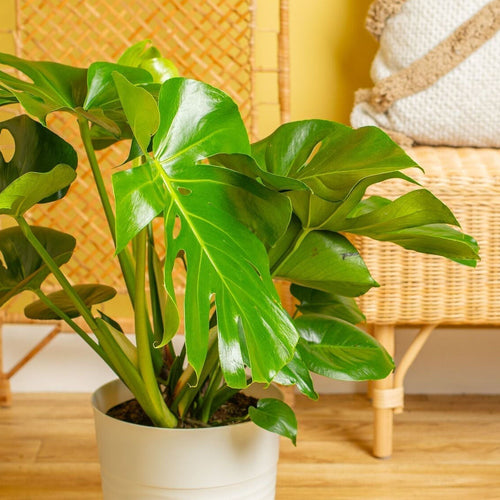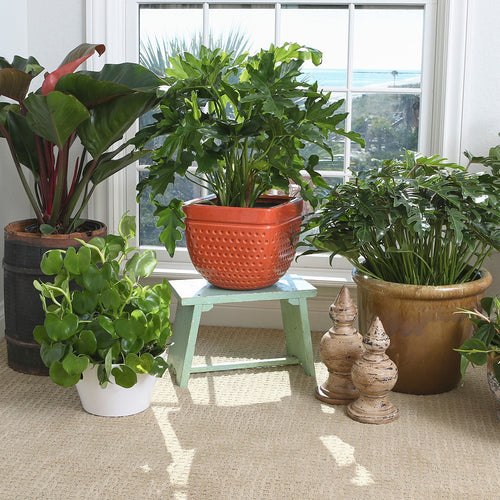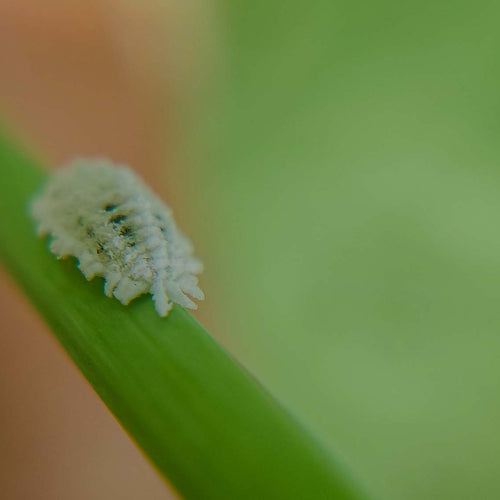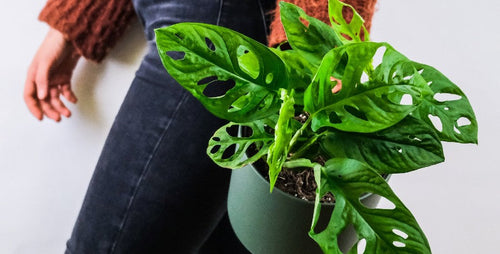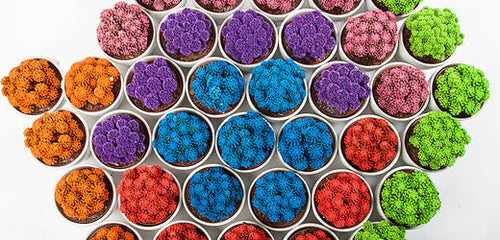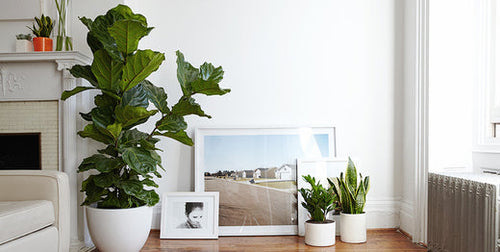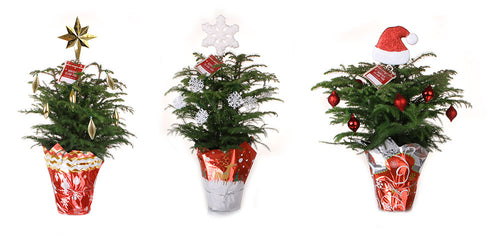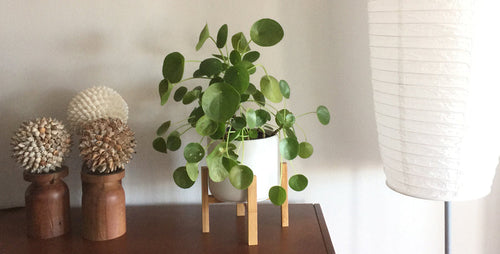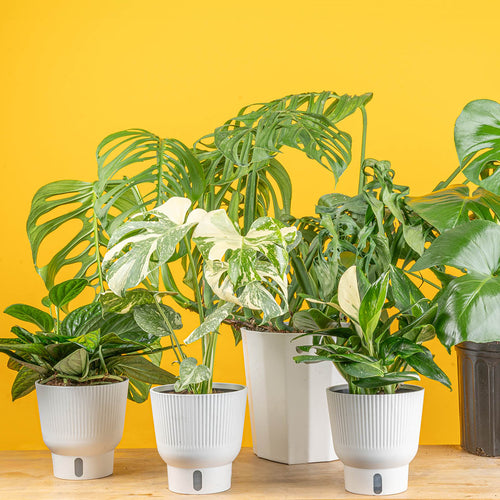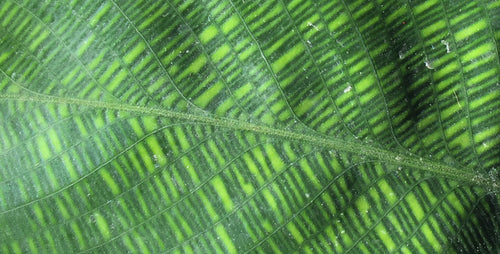Bromeliads add instant color and a decidedly tropical vibe to any room. These exotic jungle plants can grow happily inside your home with the right care.
Many looks
There are actually many different species that fall into the bromeliad family. Each has its own look, with flowering bracts in many different shapes and colors. Their leaves vary too -- some are thick and strappy and others are grass-like. Each is dramatic in its own right.
Bromeliad care is easy
Since many bromeliads are epiphytes, they don’t need soil to grow in; some can be attached to posts or grown in moss baskets. But they do love moisture and humidity. Take care not to allow their bases to get soggy; plants can rot if their feet are too wet.
Here’s a quick rundown of the charms of the most popular kinds of bromeliads -- and how to care for them.
 Guzmania bromeliads
Guzmania bromeliads
If you’ve gotten a gift-plant bromeliad, it’s most likely a Guzmania. These popular and easy-care bromeliads offer spiky, upright flowering bracts that bloom in a variety of tropical colors: red, yellow, orange, and deep purple. The leaves are dark green and strappy. Mix and match different Guzmanias in a planter.
Care: Guzmanias do best in low light. Keep the soil moist but not wet. Guzmanias love high humidity.
Fun fact: After the main flower on your bromeliad fades, the mother plant will begin to decline. Baby bromeliads (called pups) will develop around the base. You can separate the pups and plant them, or leave them attached to the mother plant for a fuller, lusher look.
 Vriesea bromeliads
Vriesea bromeliads
This showy bromeliad is also called flaming sword due to its dramatic flowering bract. Many varieties of Vriesea also have stunning variegated foliage, which makes the whole package very eye catching. The bracts of Vriesea bromeliads last for months.
Care: Vriesea bromeliads prefer bright, indirect light and moist soil.
Fun fact: Like many of the bromeliads commonly grown as houseplants, most Vriesea varieties enjoy bright, indirect light inside. They enjoy lots of light to be able to produce flowers, but can be sensitive to direct sun.
 Neoregelia bromeliads
Neoregelia bromeliads
Grown more for their foliage than their flowers, neoregelia bromeliads offer strappy leaves in bold spotted, banded, or marbled tones of pink, red, purple, or orange. Neoregelias are compact and look stunning when grouped. Although they don’t offer a large flowering bract like other bromeliads, their central leaves will often be a different color when in “bloom.”
Care: Neoregelia bromeliads prefer indirect light. To heighten their color, place plants in more filtered sunlight.
Fun fact: The cup in the middle of the plant gathers water and nutritional debris.
 Tillandsia cyanea
Tillandsia cyanea
Also called pink quill, this air plant relative produces grassy, dark green leaves topped by a colorful hot pink “quill” with blue-purple flowers.
Care: Tillandsia cyanea does best in indirect light to encourage flowering. If your plant is already in bloom, you can keep it in lower light.
Fun fact: The flowering quill-shapes bracts stay in color for up to 3 months.
 Aechmea fasciata
Aechmea fasciata
Also called urn bromeliad, this Brazilian native offers silvery-green leaves that rise around the flowering bract in an attractive urn shape. Plants produce fringy pink bract clusters that, upon closer inspection, show off individual blue-purple flowers. Bracts can last for up to six months.
Care: Aechmea fasciata thrives best in partial shade outdoors and enjoys well-drained soil. Inside, give it bright, but indirect light.
Fun fact: This bromeliad can be grown with moss around its roots and wired to a board or piece of bark.
Written by Karen Weir-Jimerson






